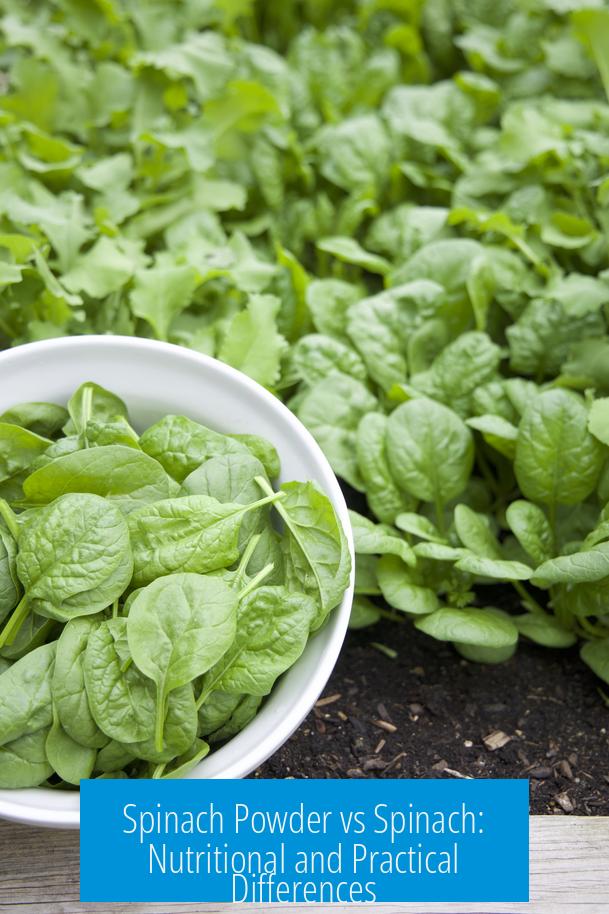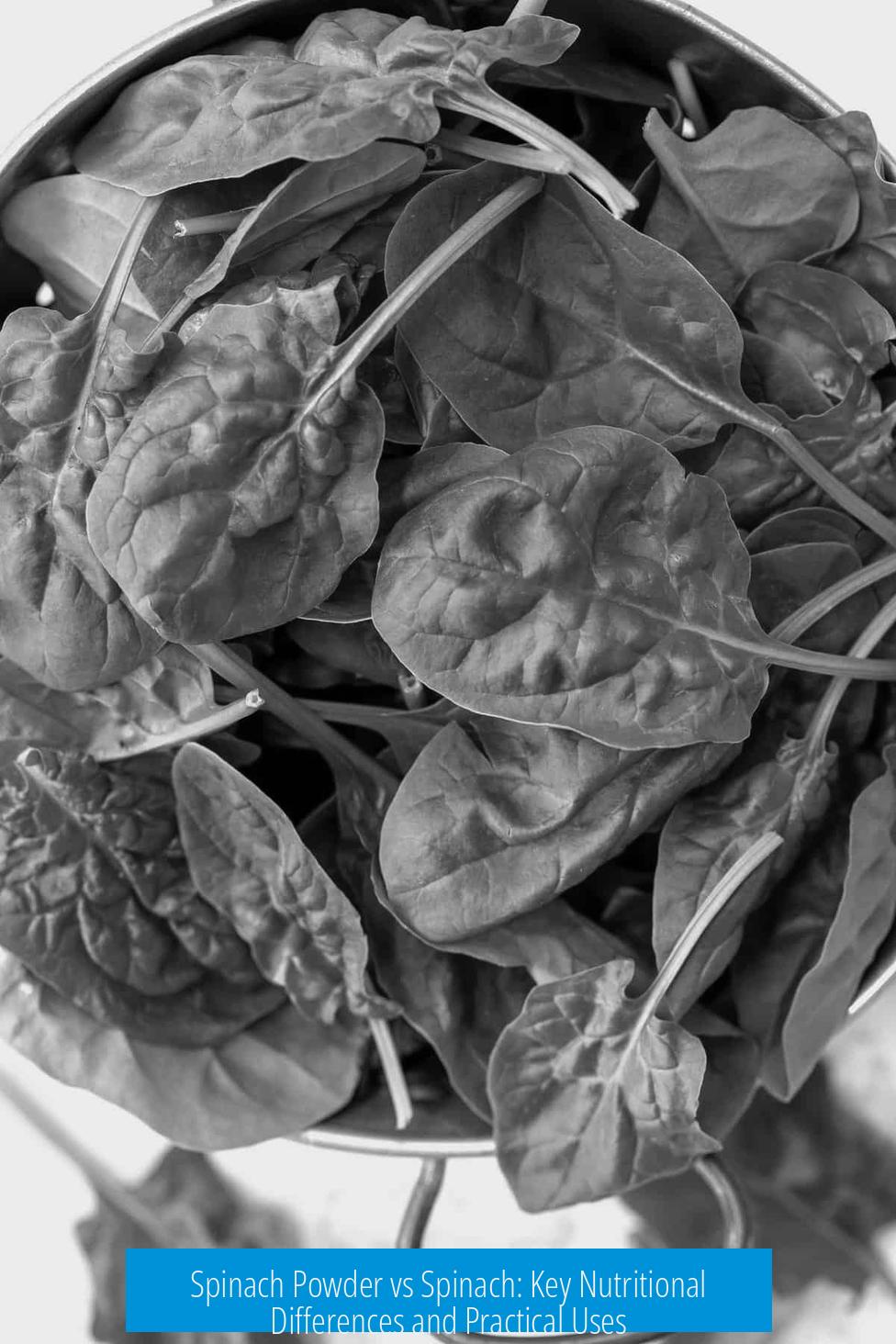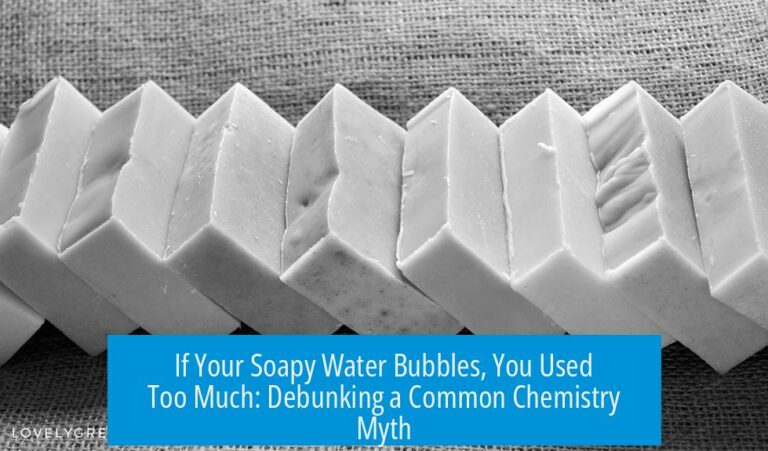Spinach Powder vs Spinach: Nutritional and Practical Differences

Spinach powder retains most of the nutrients found in fresh spinach, especially when freeze-dried, but factors like dehydration method and storage time affect its quality.
Nutritional Content Changes in Processing
Converting fresh spinach into powder involves drying, often through heat or freeze-drying. Heat dehydration can degrade sensitive vitamins and phytonutrients. Conversely, freeze-drying better preserves these compounds.
- Freeze-dried spinach powder retains about 90-100% of vitamins, though specific data for spinach vary.
- Heat dehydration risks some nutrient loss, especially for heat-sensitive vitamins like vitamin C.
Minerals remain stable through any drying or cooking processes because they are heat resistant.
Impact of Storage on Nutritional Value
Spinach powder available commercially often sits on shelves for 1-2 years. Prolonged storage can result in gradual nutrient degradation, mainly affecting vitamins and phytonutrients.
Fresh spinach, when blended and consumed immediately, maintains maximum nutrient content. Spinach powder may suit convenience but could lose potency over time.
Cost and Culinary Uses
- Spinach powder costs significantly more than fresh spinach, sometimes 5 to 50 times higher per weight.
- Freeze-dried powders also serve as natural food colorants and specialty cooking ingredients.
- Supplements form the largest market for spinach powder, paralleling other freeze-dried vegetable products.
Summary
| Aspect | Spinach Powder | Fresh Spinach |
|---|---|---|
| Vitamin Retention | 90-100% if freeze-dried; less if heat-dried | High if consumed fresh or blended |
| Mineral Content | Stable during drying | Stable |
| Storage Impact | Possible nutrient loss over long storage | Best when fresh |
| Cost | 5-50 times costlier | Lower cost |
Key Takeaways
- Freeze-dried spinach powder preserves most vitamins and phytonutrients better than heat-dried powder.
- Minerals remain stable regardless of processing method.
- Storage time can reduce the nutrient levels in powder, but fresh spinach offers immediate maximum nutrition.
- Spinach powder costs significantly more, valued for convenience and specialized uses.
Does spinach powder lose nutrients during dehydration?
Heat and dehydration can reduce some vitamins and phytonutrients. However, freeze-dried spinach powder retains up to 90-100% of vitamins. The method used to make the powder affects nutrient retention.
How does storage affect the quality of spinach powder?
Long-term storage can lower nutritional value. Powders on shelves for 1-2 years may lose some vitamins. Fresh blended spinach avoids this issue.
Are minerals lost when spinach is turned into powder?
Mineral content remains largely unchanged by drying or cooking. This means minerals stay stable in spinach powder compared to fresh spinach.
Why is spinach powder more expensive than fresh spinach?
The processing, storage, and packaging increase costs. Spinach powder can cost 5 to 50 times more than fresh spinach despite similar nutrients.
What are common uses for freeze-dried spinach powder?
Besides supplements, it’s often used as a natural food dye or in specialty cooking. The freeze-drying process helps preserve nutrients for these uses.





Leave a Comment